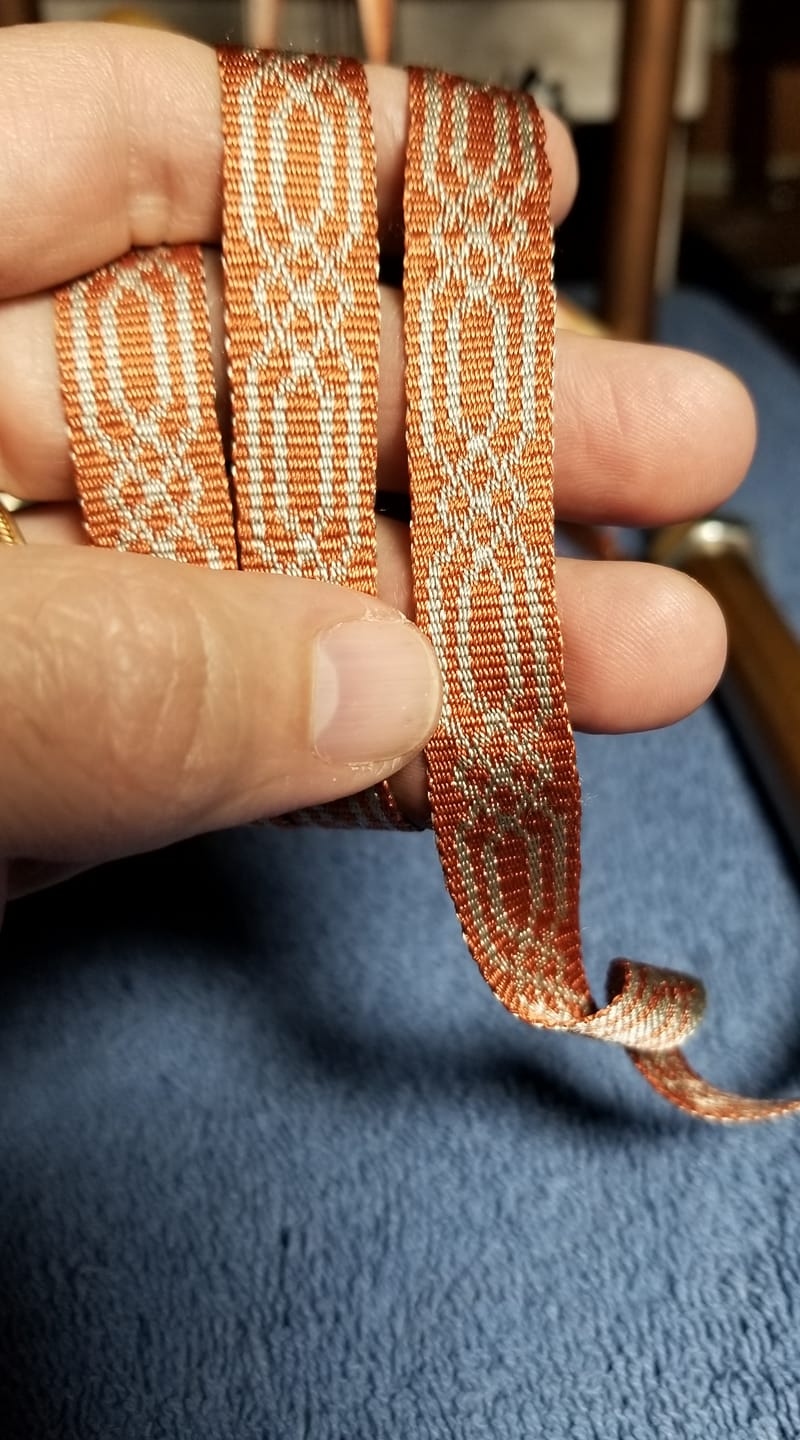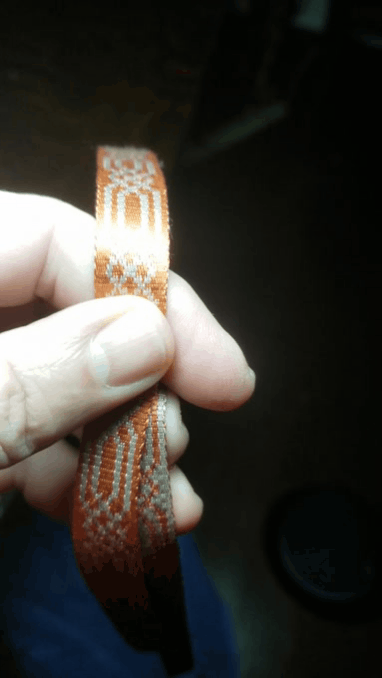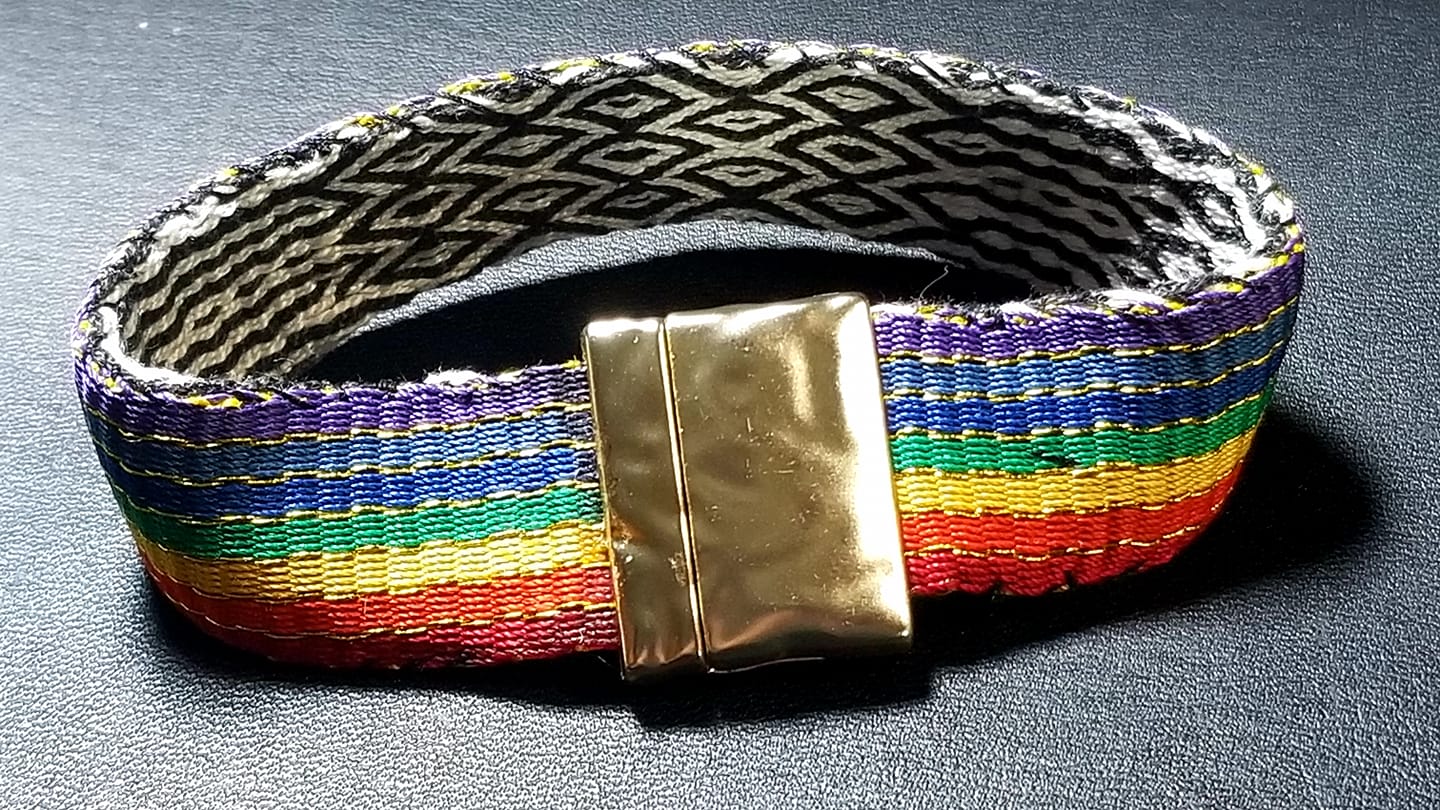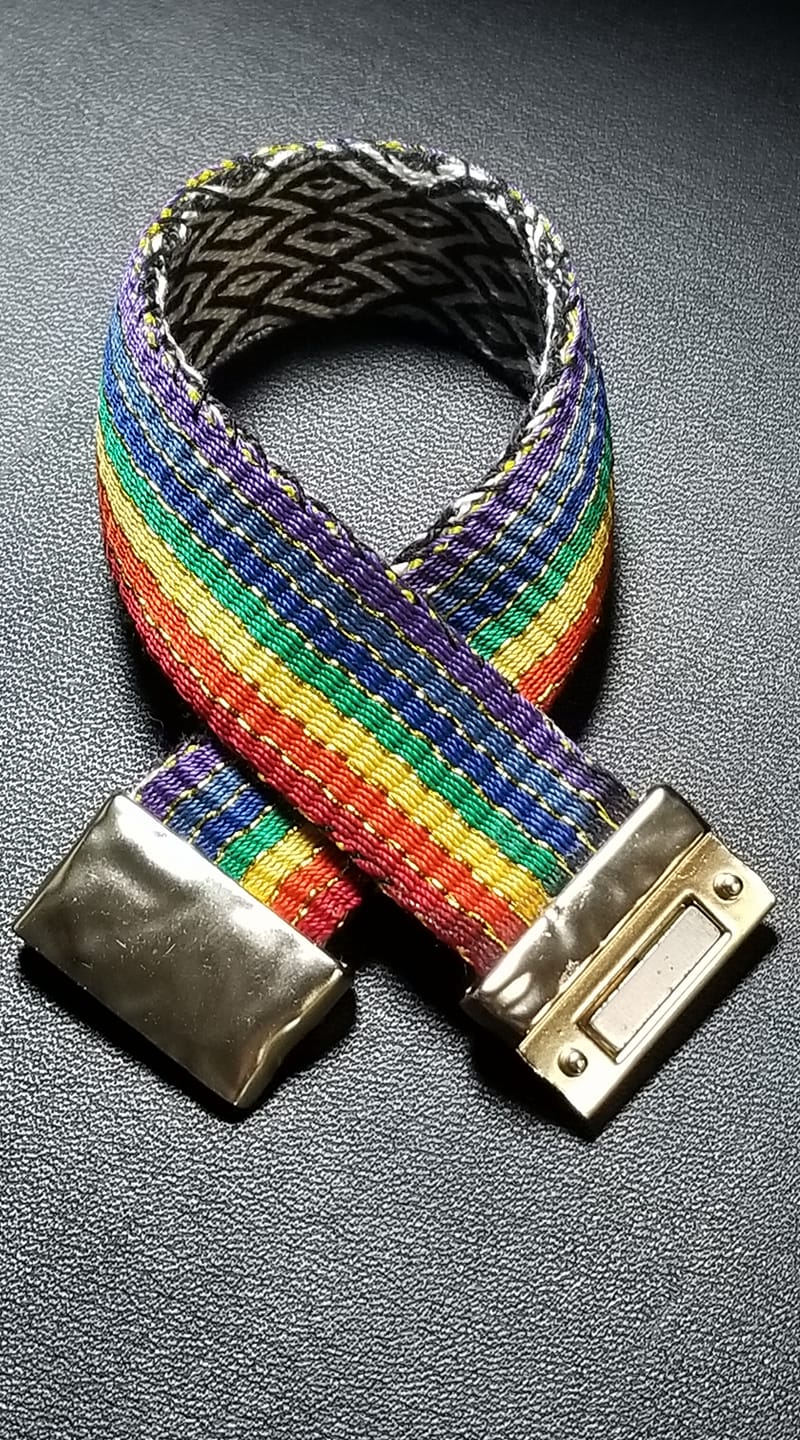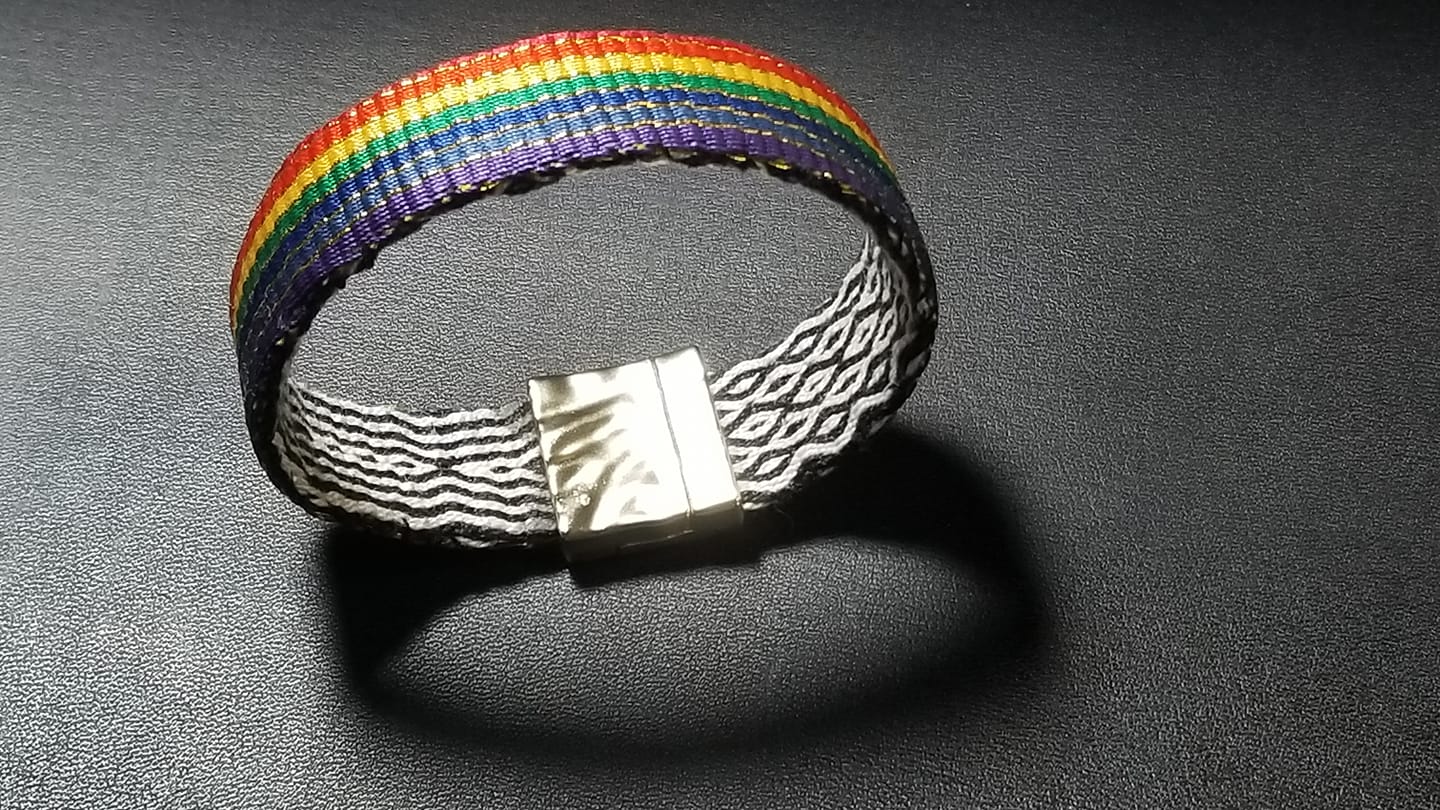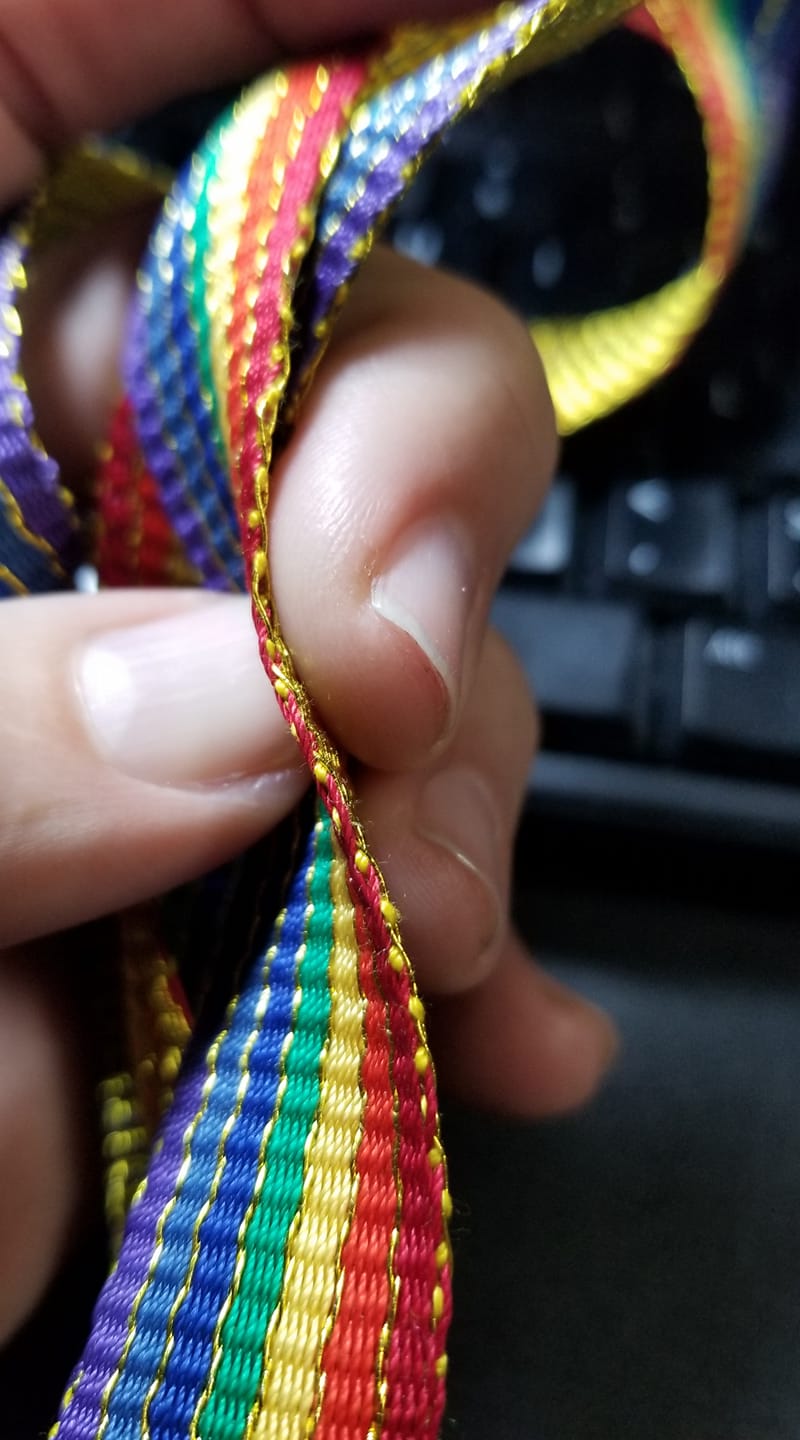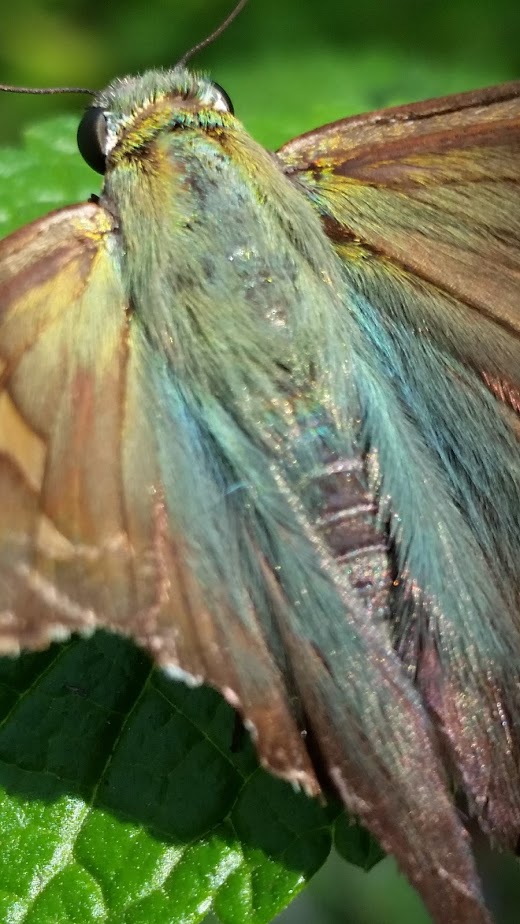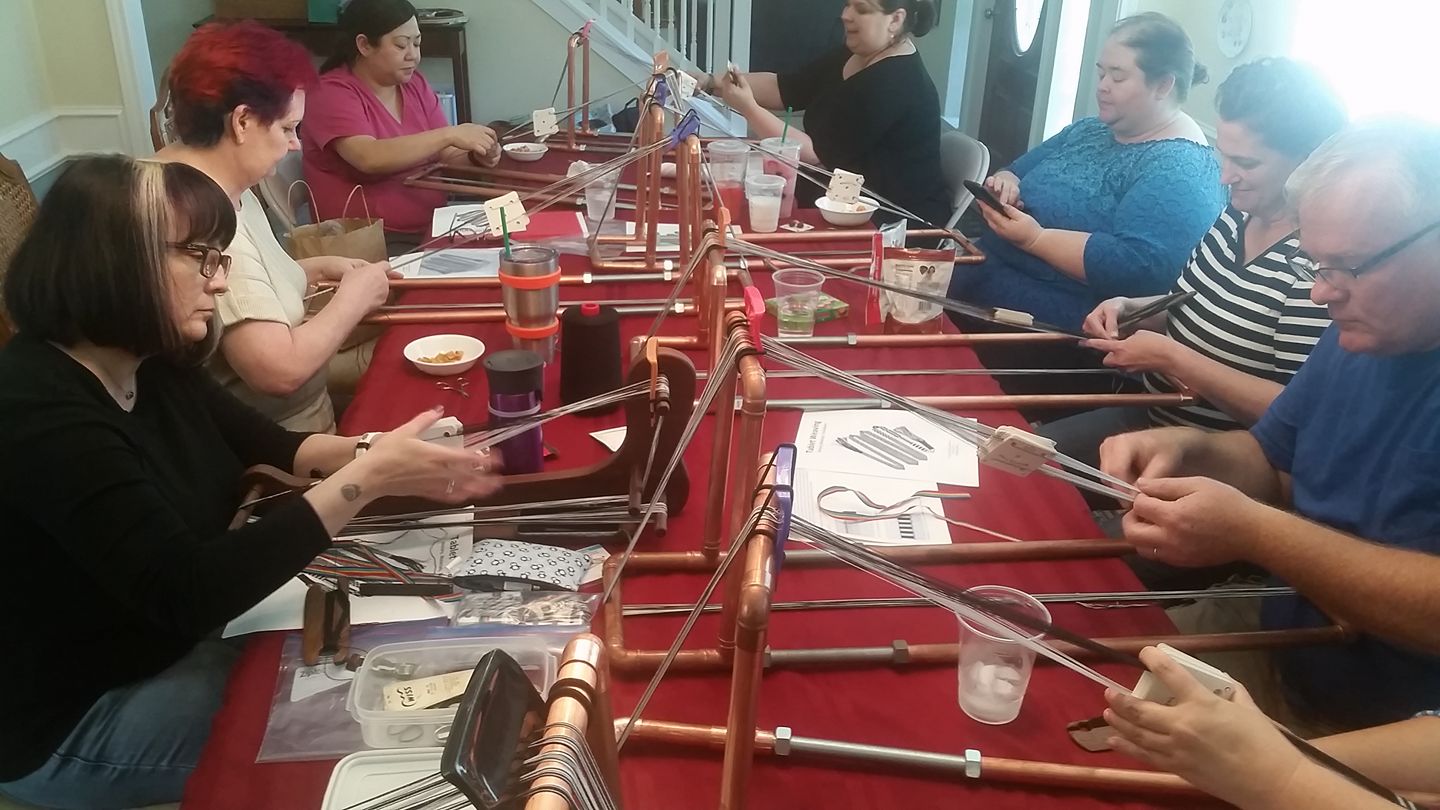Hitting the wall, hard.

“It is a feeling of relief, almost of pleasure, at knowing yourself at last genuinely down and out. You have talked so often of going to the dogs, and, well, here are the dogs, and you have reached them, and you can stand it. It takes off a lot of anxiety.”
For any of y’all who don’t know, I work as the Assistant Director for a nonprofit, non-governmentally run performing arts center. We’re a private 501(c)(3) corporation, for my nonprofit geeks.
Basically, everything we do, is large gatherings of people – people come here to experience the arts, to sing or dance, to watch a band play, to meet and talk about art, to plan art events, to advocate for the place of art in society, and to raise funds for the arts. It’s a beautiful thing, and it’s a good life. The people are the best people – creative, open-hearted, passion-driven, and genuine. Of course, with the current concerns about Covid-19, we are having to cancel a LOT of things – rehearsals, performances, recitals, dances. If we don’t stay alive and healthy, we can’t keep singing and dancing and making art; being healthy and keeping our (often mature and occasionally at-risk) audiences healthy is key to what we do. But it means slashing all the bookings that make up a big part of our revenue stream. We are diversely funded by a variety of grants, donations, and personal gifts, but a major chunk of our budget revenues are earned income from the activities we host. And, because the arts community is made up of awesome people, they are being understanding and agreeing to work together, accepting the changes to schedules with good grace and equanimity. Our patrons, who are not getting to see shows they paid for and were looking forward to, have for the most part been gracious and kind.
I’m also on the board for a national fiber arts event. In that group, we’re in a situation faced by many small nonprofits – we have enough money to keep our events going, but we don’t have a bankroll that will allow us to basically eat an entire year’s worth of expenses. When we announced that we had to cancel our upcoming event, we got some amazing responses – one vendor even told us that it would be OK if we weren’t able to refund her vendor booth fee, and offered to donate sales of a special yarn to our event. We’re facing a mix, with some companies and attendees being angry and frustrated and demanding immediate refunds, and others being willing to work with us, helping out if possible.
What I want for y’all to think about, is if you’ve got tickets to a show, or you’ve made a reservation for an event, and that event has made the brutally painful choice to cancel – that organization is hitting a wall, hard. Many of the smaller groups may not be able to survive a catastrophe like this; even many of the bigger ones will take a serious hit, and next year’s event may be under-funded or smaller than before because of it. If you have an income situation where you’re able to let a part of your refund be a donation instead, or if you’re able to make a gift to the nonprofit of whatever amount, it can make a huge difference in whether they can go on, pay their staff, present the show in the fall, have the event next year.
The nonprofit that I work for as my “day job” is a medium-sized, long-term stable corporation. We’re in good health, as these things are measured; we’ve got money in the bank, we’re endowed with gifts from people who love and support what we do, and we’ve got a strong and flexible professional staff. The nonprofit that I am involved with as my “passion job” on the side, is a healthy and dynamic organization, but it’s entirely volunteer-run. A board of ten people plus six advisors organize, schedule, and run this huge event that serves hundreds of students and thousands of visitors over the course of a four-day super-weekend. We have many volunteers at event time, and there is a lot of help – but it’s in the hands of those few people. We have funds in the bank, a little, but not enough to swallow a whole event’s worth of expenses and survive. As a nonprofit board member (did y’all know this?) I bear a personal financial responsibility for the organization – if it goes under, particularly if a big corporation chooses to be inflexible with the money we contractually owe it for an event we can’t have, they can name me in the suit (see also: turnip, comma, blood from…). They can go after every one of us. If they can get a judge to approve it, they could put a lien on my house, or garnish my wages.
So if you can’t go to an event, please think a moment before you give a nonprofit VOLUNTEER person a nasty tongue-lashing about how you believe they should have handled things differently. Pause, and ask yourself if you want the event to happen next year – if you want the organization to live. If you can’t get a full refund, because the dance troupe or the orchestra just doesn’t have the funds to refund everyone’s money (advance ticket sales are often used for things like space rentals for rehearsals, paying set designers, building costumes, paying technical help), can you afford to forgive that debt, make it a donation to the event? Canceling an event last minute is complicated and horrible – with the fiber festival, we’ve already designed brochures, laid out our vendor hall, ordered name badges. People did their class homework, bought plane tickets, picked out their favorite things to wear and show off. Everyone – including every member of our volunteer board – was looking forward to seeing people we see only once a year. We’re devastated and literally crying through our days some times, and we are doing our best to make it as close to right as we can, for everyone.

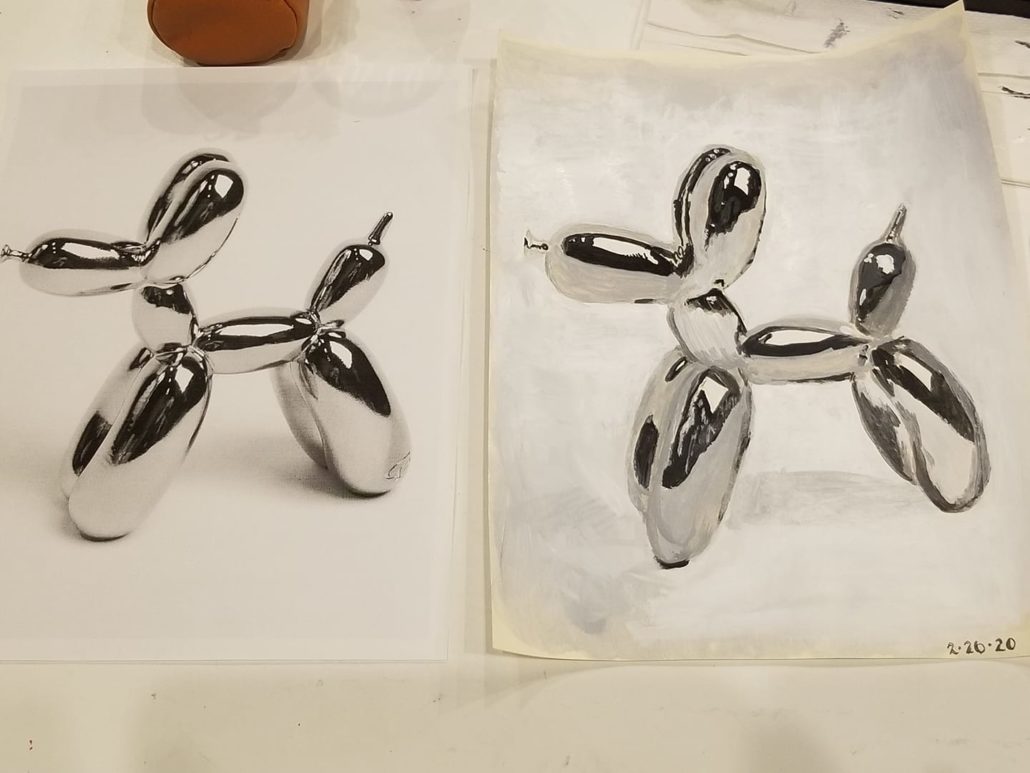

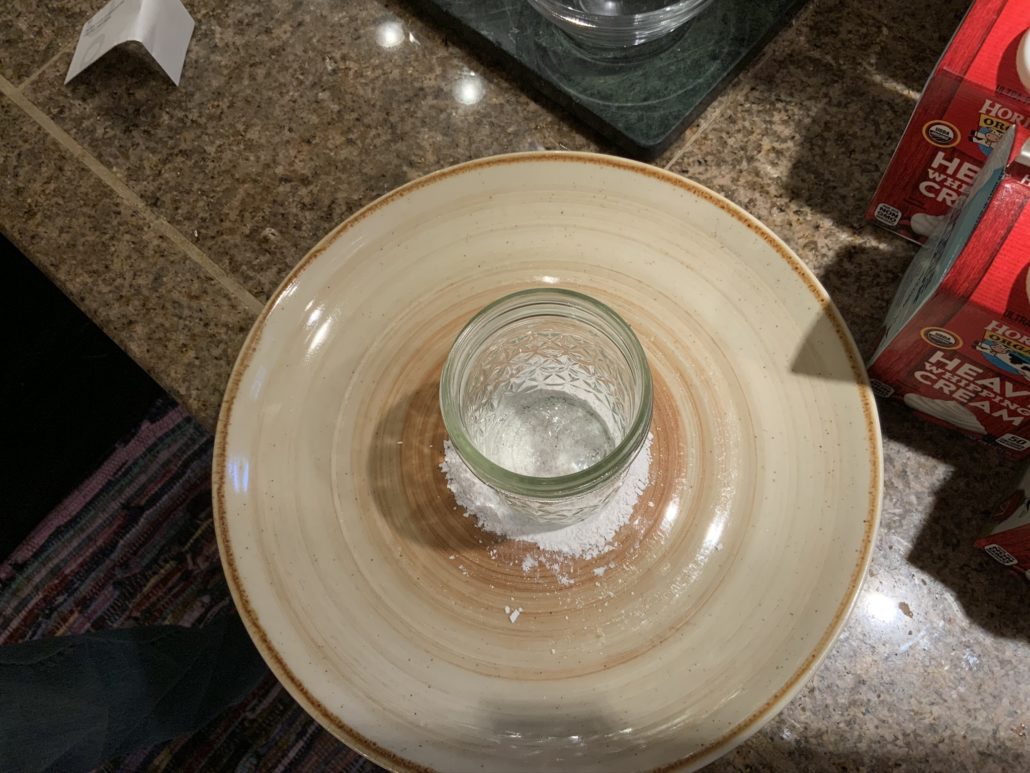
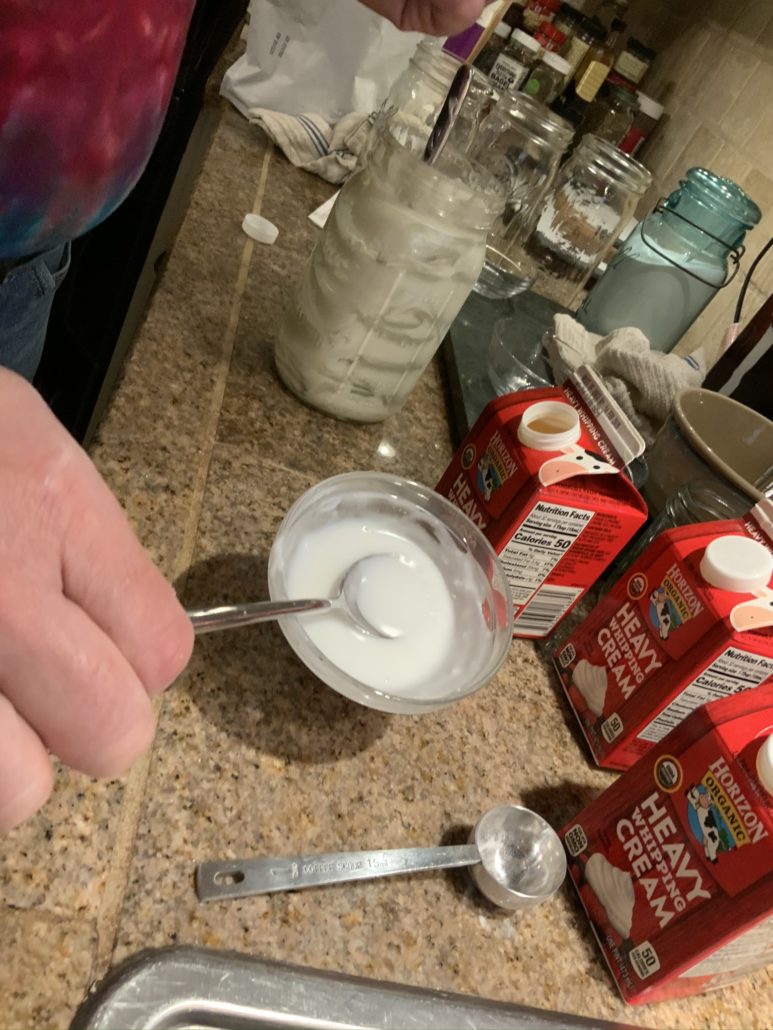
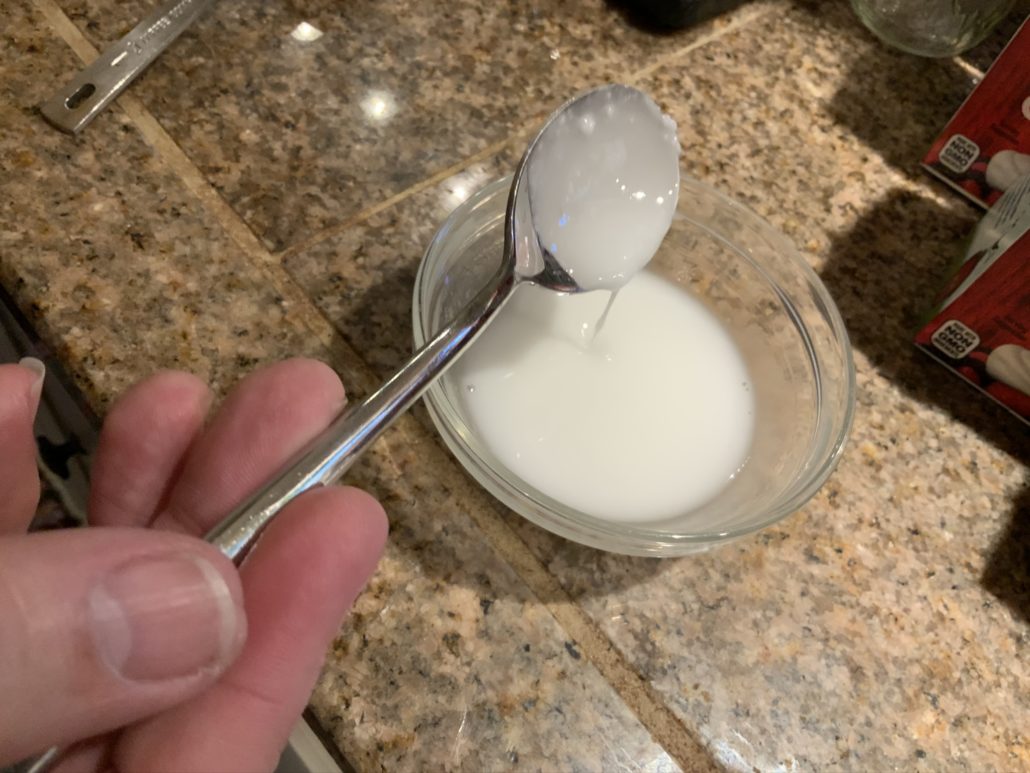



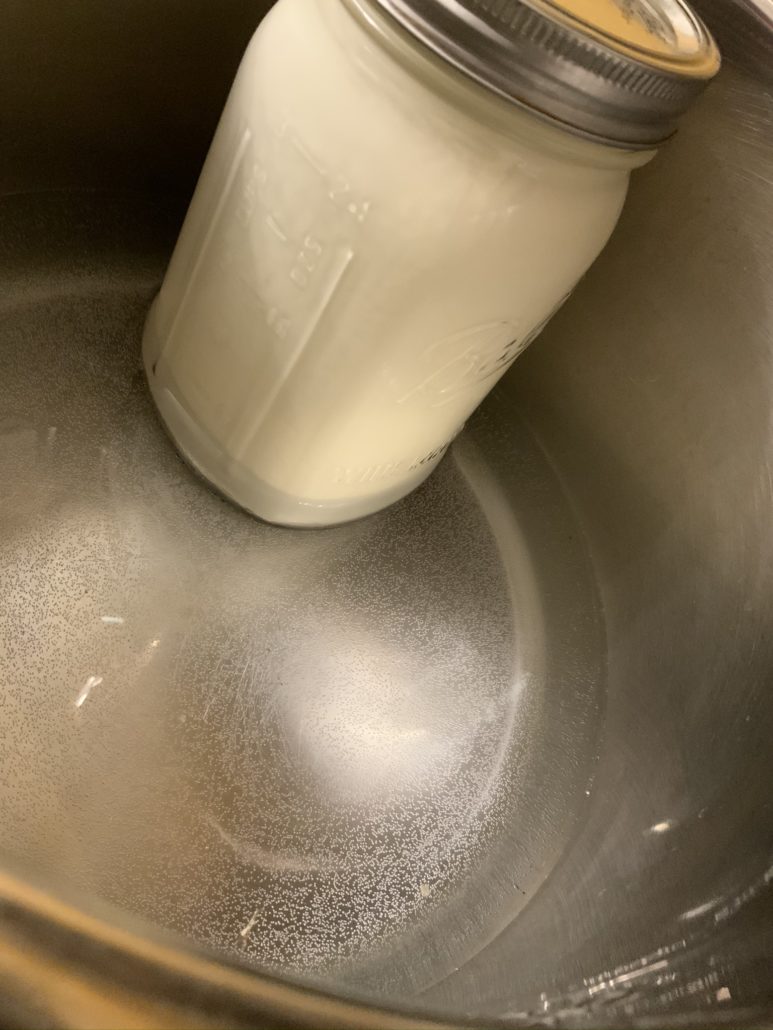
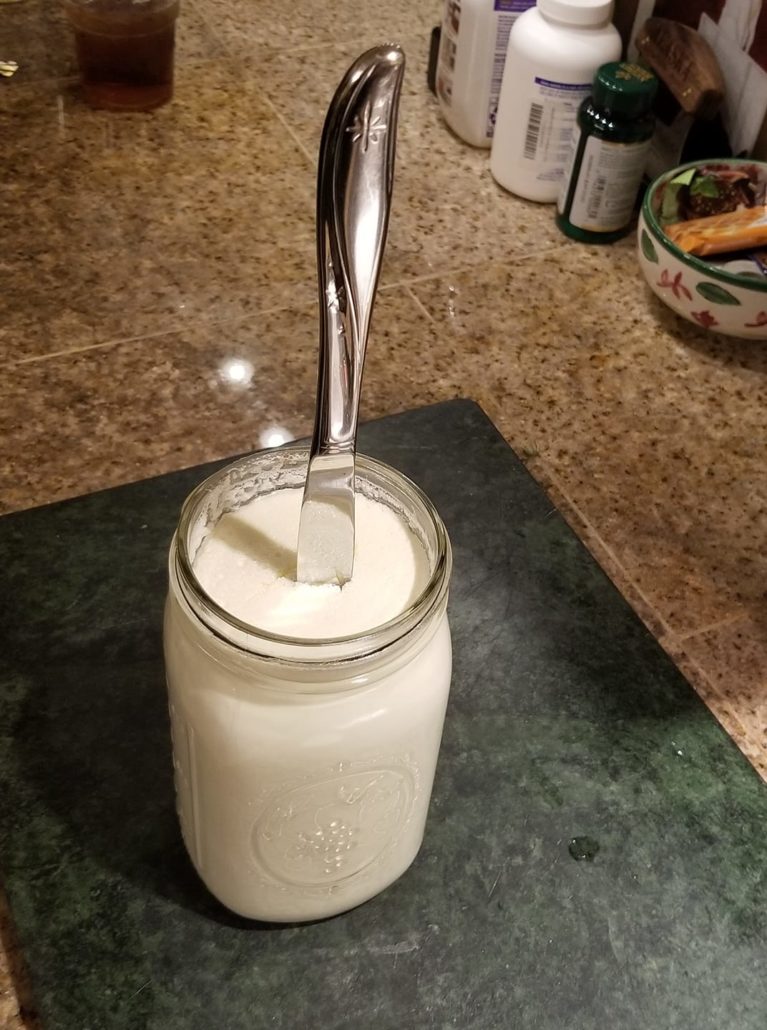
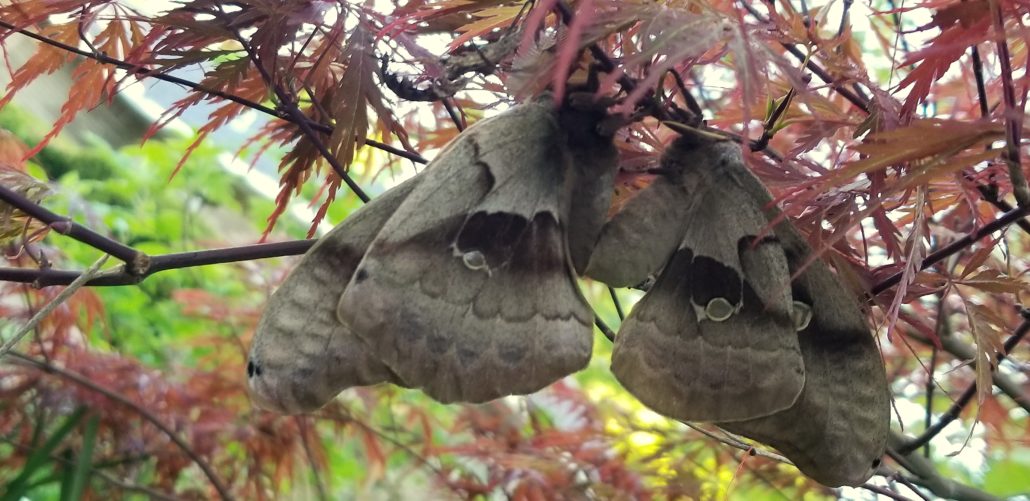
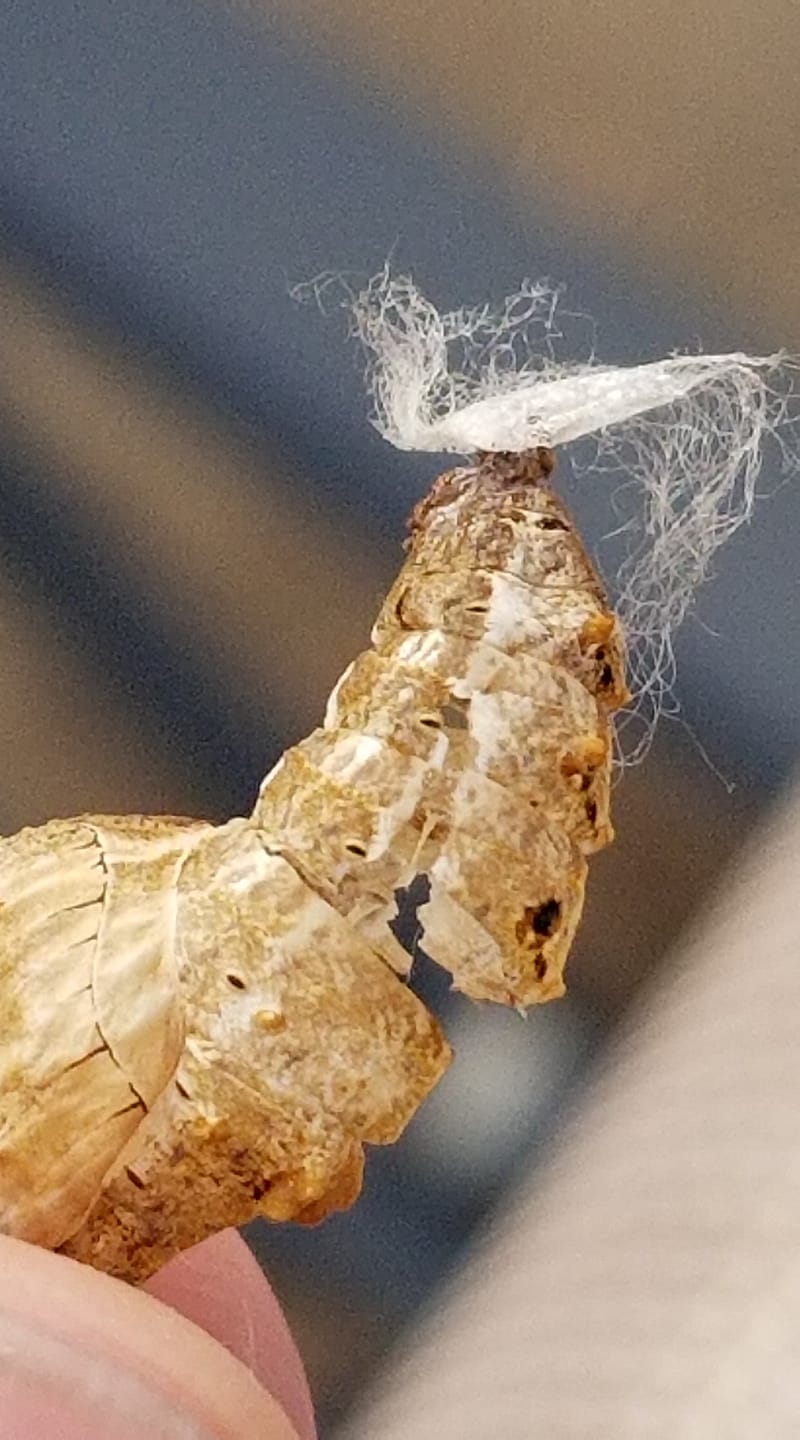
 I’ve been weaving some. It feels good. I wanted to do something with a little more “OMG” factor than the plain black and white cotton I’ve been doing the past few warps, so I went for some silk sewing thread ribbon. The pattern is on 25 tablets, plus 3 tablets of plain border on either side. The pattern is worked in double-face technique, with all the tablets threaded the same – two holes carrying the copper thread, two carrying the silver. The finished trim is just over half an inch wide, yielding an effective density of about 250 EPI (ends per inch.)
I’ve been weaving some. It feels good. I wanted to do something with a little more “OMG” factor than the plain black and white cotton I’ve been doing the past few warps, so I went for some silk sewing thread ribbon. The pattern is on 25 tablets, plus 3 tablets of plain border on either side. The pattern is worked in double-face technique, with all the tablets threaded the same – two holes carrying the copper thread, two carrying the silver. The finished trim is just over half an inch wide, yielding an effective density of about 250 EPI (ends per inch.)
